This article is reproduced from the WeChat official account of autocarweekly, written by Dong Jin
Whenever a traditional car manufacturer launches a new electric vehicle, people always ask: Does it resemble the brand itself more, or an electric car?
Undoubtedly, there are many different car brands, each with their own unique brand tone or driving feel. Therefore, we tend to simply summarize our feelings and impressions of different vehicles based on their brands, such as, very Volkswagen, very Toyota, or very BMW…
Of course, some car manufacturers are also happy to guide consumers with beautiful little secrets. For example, when the Audi e-tron was launched, in order to highlight its brand value and luxury, it inadvertently told consumers: it’s first an Audi, and then an electric car.
However, not to mention that even BBA is increasingly deviating from their traditional labels, even within the same brand, the huge differences between different series of cars are also obvious: can the Santana and Phaeton be the same?
At the same time, you may also overlook the fact that electric cars themselves don’t lack face, are their souls and driving feel really so superficially single?
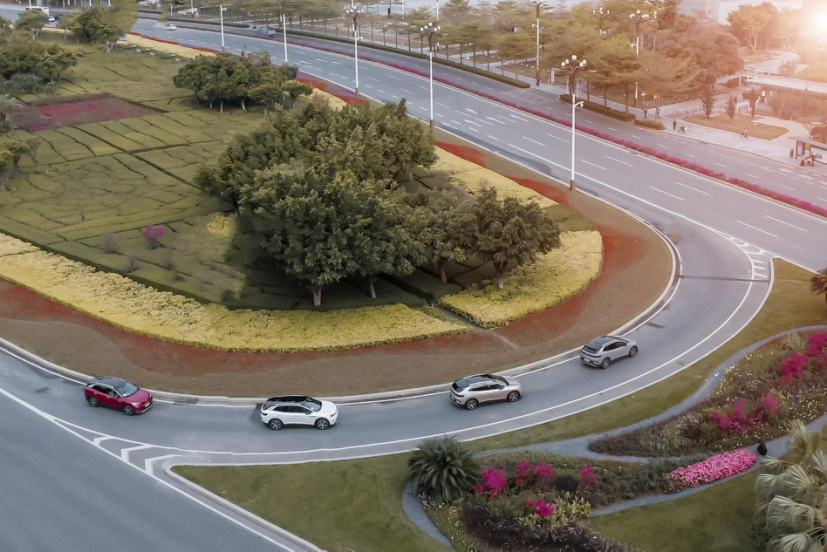
Although I will still try to answer the question in the title of the article, what you need to understand more is that: regardless of whether it is for a specific brand or the electric car species itself, the feelings they bring to you are diverse, colorful, and even constantly changing. This is especially true for the Volkswagen ID.4 CROZZ.
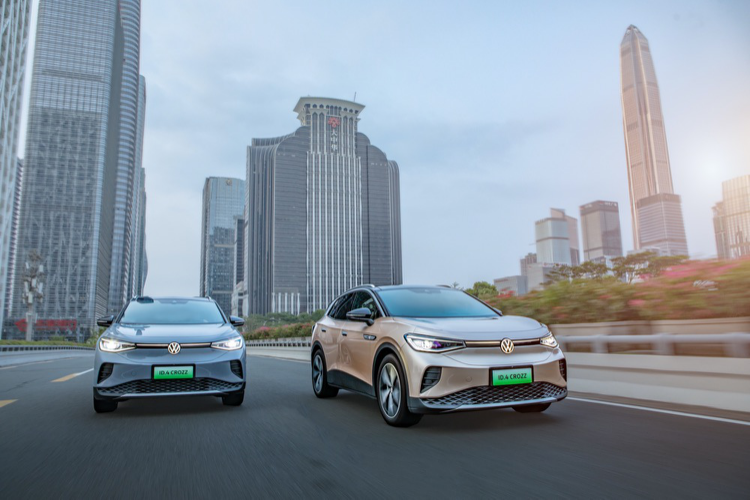
Speed above all
The ID.4 CROZZ is not an electric version of any existing gasoline-powered Volkswagen, it is a completely new model. Compared with predecessors like the Bora pure electric vehicle that have been converted from gasoline to electric power, MEB’s new car-making logic has given it various improvements in design aesthetics, driving quality, intelligent networking, and even the operating method.
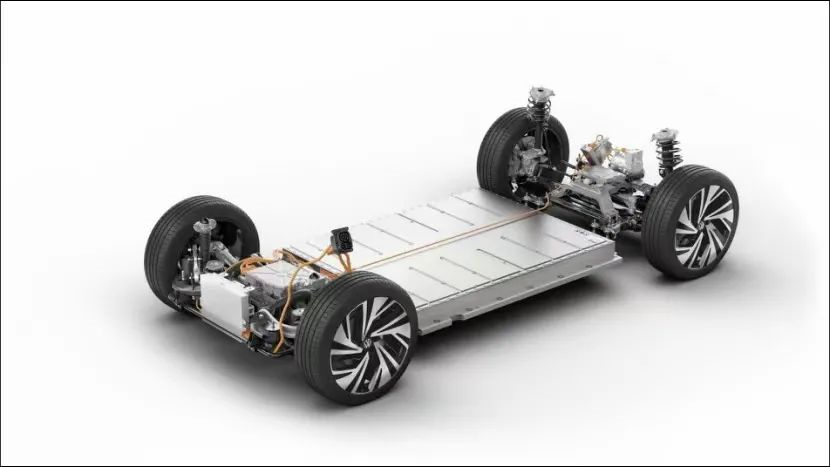
This is a substantial step taken by this traditional giant towards the era of electrification: the Ningde era 811 lithium battery, with a capacity of 84.8 kWh and an NEDC range of 550 kilometers, has reached the mainstream level of electric SUVs in terms of battery capacity and range, setting it apart from the hardships of the era of converting from gasoline to electric power.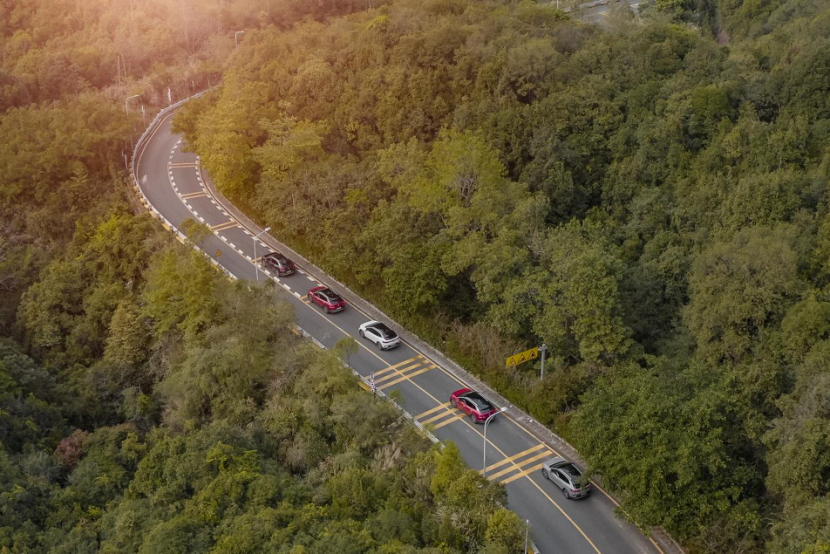
In addition, with a super low drag coefficient of up to 0.28Cd, super APP reservation charging service, and the fact that there are not many car companies that have truly achieved large-scale commercial use of heat pump air conditioning, ID.4 CROZZ has the confidence to face the challenges from new forces. Moreover, it is currently the only rear-wheel drive Volkswagen model available in China.

From this point of view, ID.4 CROZZ is first and foremost an electric car, and then a Volkswagen.
However, its personality traits are different from most electric cars: the single permanent magnet synchronous motor on the rear axle has a maximum power of 204 horsepower and a maximum torque of 310 Nm, which seems slightly conservative. Similarly, we cannot find the 0-100 km/h acceleration time of this car in the official data, but we can judge that it is roughly about 8 seconds from our own experience, slightly faster than a Volkswagen B-class car with a 2.0 T engine.
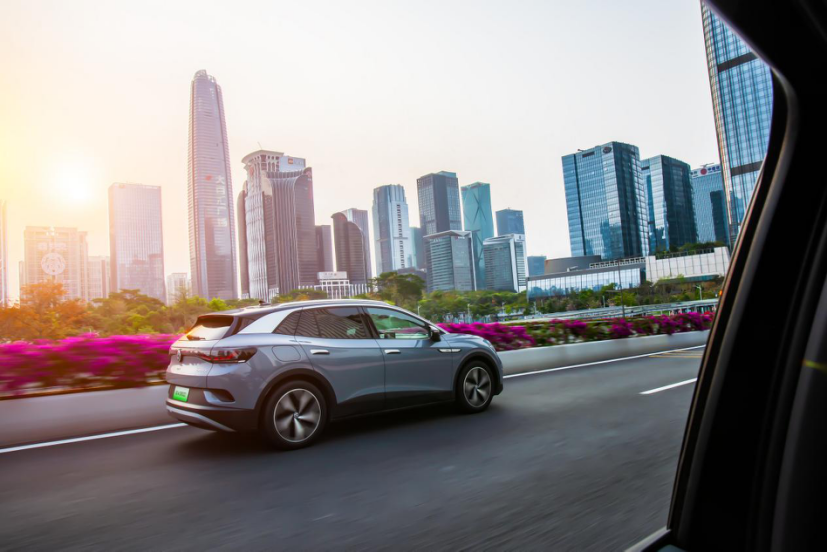
This lukewarm feeling will make you doubt whether you are really driving an electric car for the first time. In this sense, it seems more like a traditional Volkswagen. Yes, it is indeed an electric car with performance deliberately suppressed by Volkswagen. By comparison, the NIO ES8 with the same 84 kWh battery pack gives you a much stronger push feeling, especially when it is larger in size.
Of course, ID.4 CROZZ has not completely prevented you from feeling the thrill of fast driving. You can choose the high-performance Prime version with dual motors and four-wheel drive for nearly 280,000 CNY to get over 300 horsepower.
But we can still clearly perceive from the main single-motor model that Volkswagen’s hardware configuration focuses on household use and endurance, rather than performance.
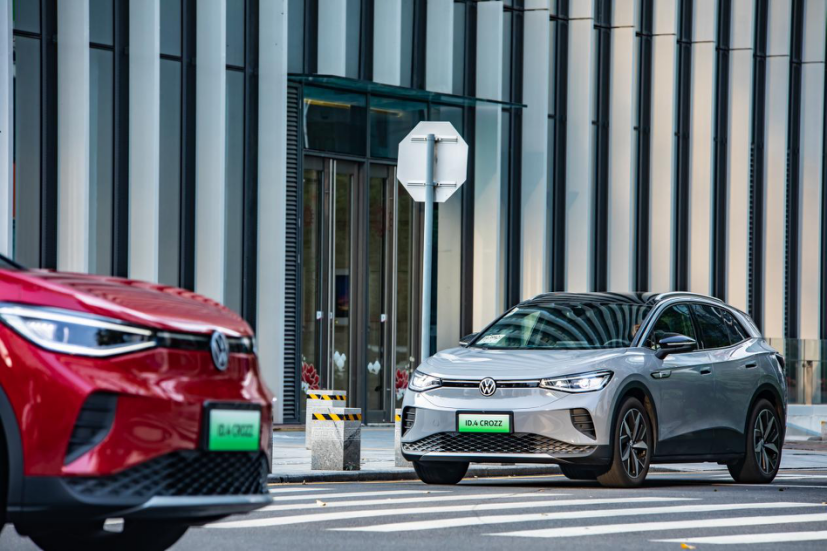
You may feel disappointed.
After all, when the world has become accustomed to the three or four second acceleration results of new forces such as “the Ever soaring Phoenix,” the impression that “only speed is an electric car” has become deeply rooted.
However, is it not an electric car if it is not fast?# Electric Cars: Fast or Energy-Saving?
Electric cars can be fast and energy-saving at the same time within a certain range, but there’s a trade-off. If you want a 0 to 60 miles-per-hour acceleration in 3-4 seconds, you might sacrifice some energy efficiency. Take NIO ES8 for example, which has an 84 kWh battery pack and can only go 400+ kilometers on a full charge.
Although speed is a great advantage of electric cars, not all men are obsessed with it. I once test drove a Tesla Model 3 Performance version that boasts a 0-60 mph acceleration in 3.3 seconds, which made my brain spin and heart race. In the eyes of the younger generation, this is adrenaline-pumping and exhilarating.
But what about the older generation?
Likewise, taking a girl for a ride in a supercar and getting compliments like “You’re such a bad boy” might satisfy your vanity, but what if you behave like this every time you drive? Chances are you’ll end up being single.
Anyway, the point is that regardless of all the hype, people still care about the fuel (or energy) economy of their cars. The driving sensation that suits the majority of drivers should be slightly faster than comparable gasoline cars but also less jarring than explosive.
To be honest, the original intention of promoting electric vehicles by the government is energy security, carbon neutrality, and energy efficiency, not speed. Similarly, traffic police and family members waiting at home don’t want you to drive fast either.
In the electric era, Volkswagen still adheres to its concept of making good cars for the masses. Now, let’s listen to the music, and on the screen of ID.4 CROZZ, slowly appear the words “The Way of the Car, for the People”.
However, this cheesy ceremonial style belongs to the generation of the grandfathers of ID.4 CROZZ. If you stand in front of skyscrapers reflecting light from countless glass walls in the CBD of Futian District, Shenzhen, and you’re in your early thirties, you may not really feel the profound change that this magical city has gone through in the past 40 years. But when you face ID.4 CROZZ, you can truly feel that the times have indeed changed!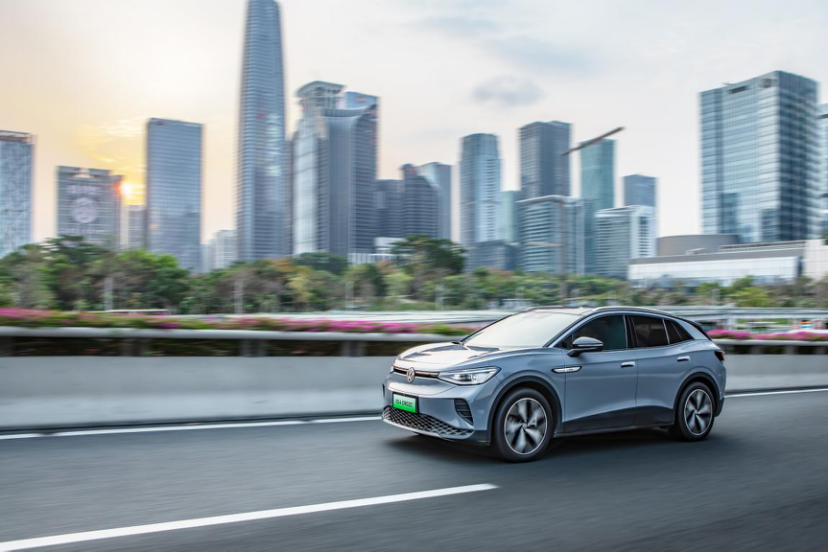
The sense of refinement and youthful spirit of ID.4 CROZZ are completely different from Volkswagen’s past models, with the daytime running lights in the continuous light strip shining with a dynamic feeling, the flat VW emblem also glowing, and the electromagnetic valve-sensing door handles full of technological sense. The continuous tail lights and elegantly designed white fonts on the rear end are graceful and lively.

A decent sense of ceremony is also necessary, such as when you approach with the key, the intelligent welcome function called ID. Welcome will sequentially light up the Volkswagen logo and its nearby light strip, and the direction of the LED headlight group will also swing left and right, resembling a pair of slowly opening pupils that begin to twinkle.
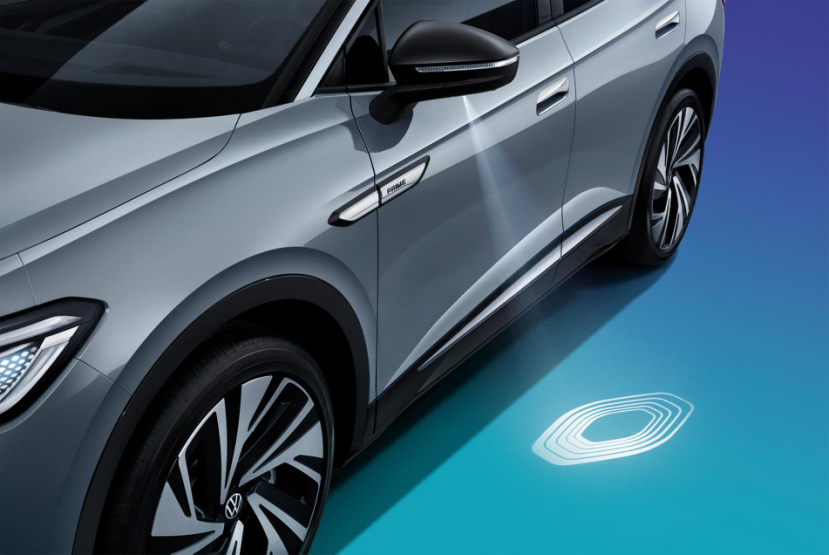
Upon careful consideration, one would find that ID.4 CROZZ’s youthful design aesthetics are not actually the same as that of new forces. It is agile and elegant, but not radical and assertive. The smooth curves and sharp edges blend perfectly. In fact, Volkswagen has always had a grasp of the vehicle’s style, which is stable and restrained.
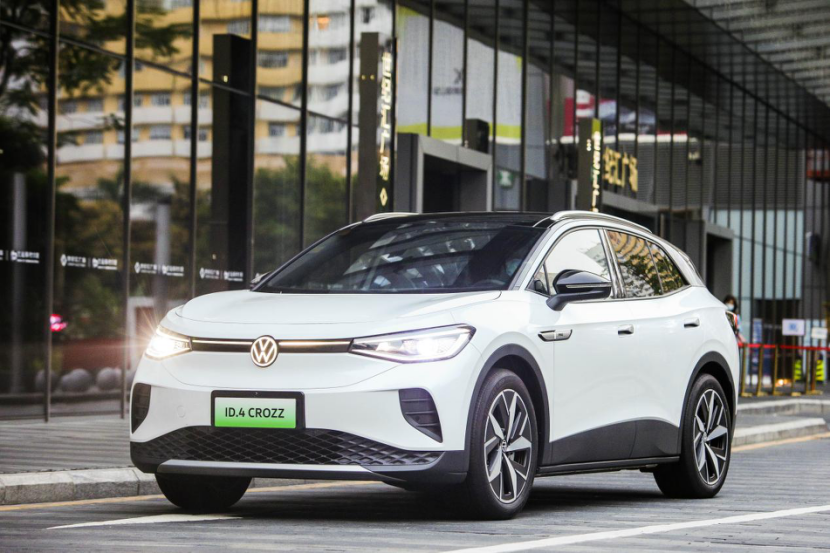
This restraint is particularly evident in the interior design. Compared with the previously ridiculed Volkswagen interior, it is completely refreshing, but it is not as radical in shaping the sense of simplicity, technology, and future as new forces such as “UliPent”. In reality, this is not a problem of design ability, but rather represents a balanced approach to innovation, which must meet the preferences of customers of all ages. At this stage, people obviously cannot accept a Volkswagen that takes minimal design to the extreme.
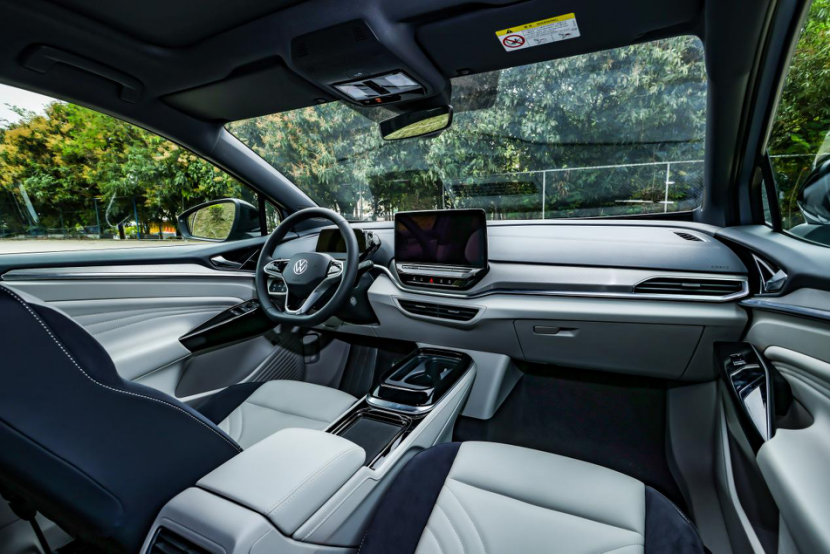
ID.4 CROZZ has a large number of physical touch buttons on the central control, steering wheel, and door handles, which is more convenient for blind operation compared to touch screens and virtual touch buttons.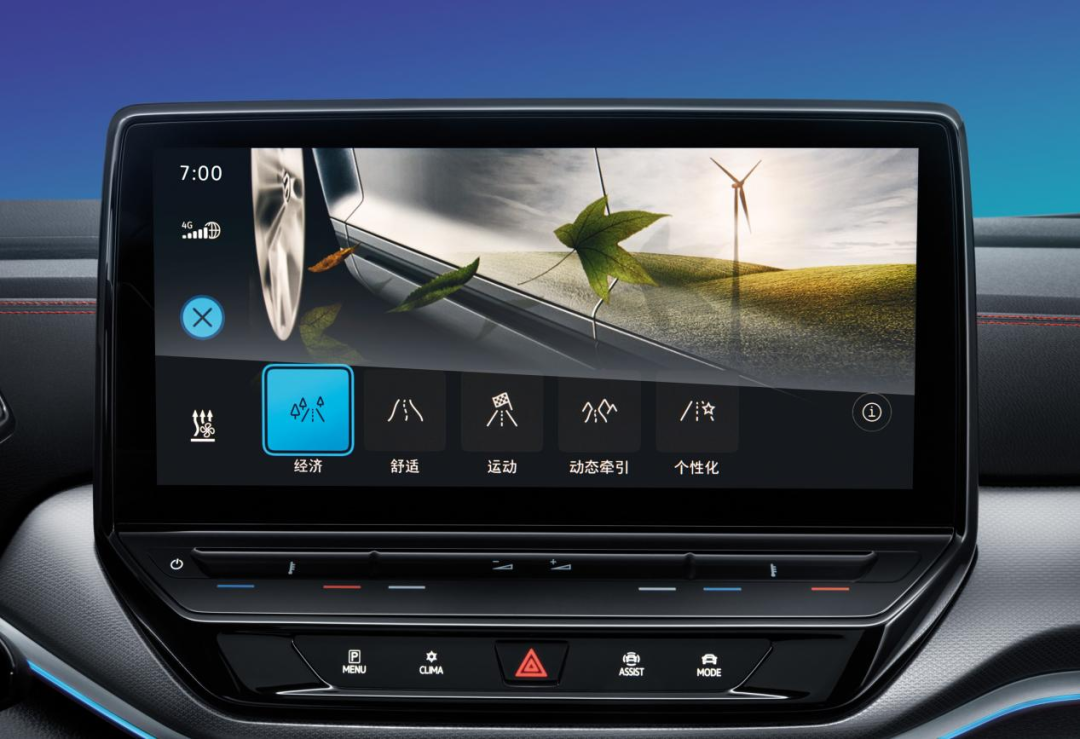
However, this does not affect the equipped intelligent technology facilities of ID.4 CROZZ. No matter it is the AR-HUD augmented reality head-up display, 5.3-inch floating instrument cluster, 12-inch touch screen, or the ACC adaptive cruise control and lane-keeping functions, it provides almost all the configurations that potential ID.4 CROZZ owners can think of.
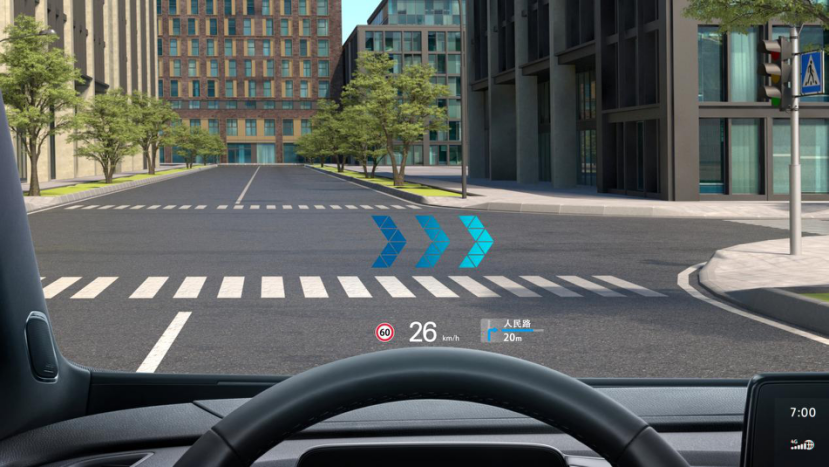
Regarding this, Volkswagen officially summarized as “Intelligent technology is more intimate, people-oriented, and not reckless.” To be honest, this is indeed a precise and objective understanding of oneself.

In addition to this not reckless attitude, there is also the L2 level of autonomous driving which is slightly conservative compared to “WeRide”. You can understand that Volkswagen’s technology accumulation in this field still needs to be breakthrough. However, it should be viewed as being stable. In this era of frequent autonomous driving accidents, I have fears every time I claim to be able to take my hands off the steering wheel when test driving. It is easy to make a car into an ultimate intelligent technology product, but when it bears the weight of life, it is something that needs to be carefully considered. It involves various aspects of balance and compromise. At this stage, ensuring safety is much more important than trying new things.
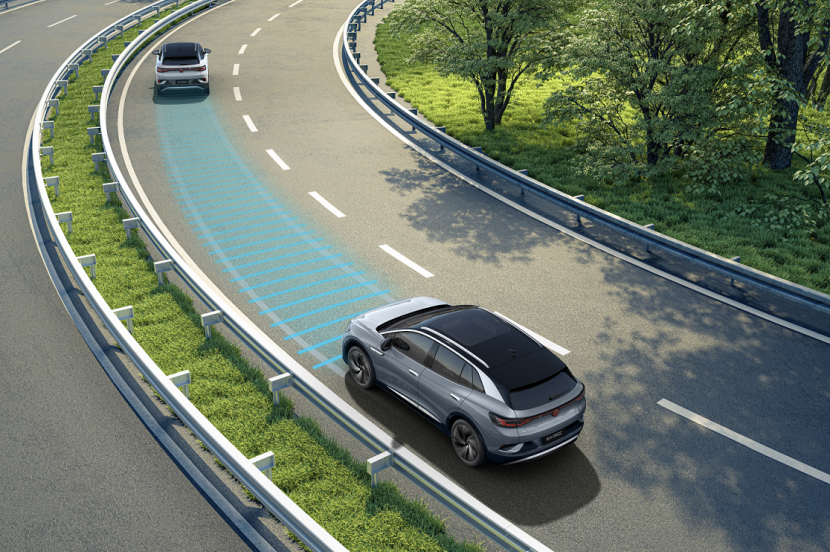
Details
The idea of stability and restraint also extends to the driving feel. The characteristic of the rear motor installation on the MEB platform can better control the driving wheel slippage caused by the rapid outbreak of motor torque. In addition, the opening and closing stroke of the accelerator pedal is set to be relatively long, and the tactile sense is linear and delicate. At the beginning of the pedal stroke, the current does not connect until you step to a relatively safe depth. Then the surging of torque comes along. The acceleration force below 80 km/h is surging, and you can easily get the feeling of being kicked in the buttocks. After 80 km/h, it gradually tends to be gentle.The MEB platform’s lower center of gravity and evenly distributed battery pack greatly benefit the handling of the ID.4 CROZZ. Although the handling of electric vehicles has been discussed extensively, the stability brought by the heavy battery pack seems to have become a standard advantage for all electric vehicles. However, even so, the MEB platform’s unique 50:50 perfect weight distribution is not patented by every car, or it would not continue to make BMW proud to this day. The dual advantage endowed the ID.4 CROZZ with an outstanding chassis texture compared to other joint venture electric vehicles of the same level. This premium feeling, precision, and the limit of handling during intense cornering are closer to mid-size SUVs of luxury sports brands.
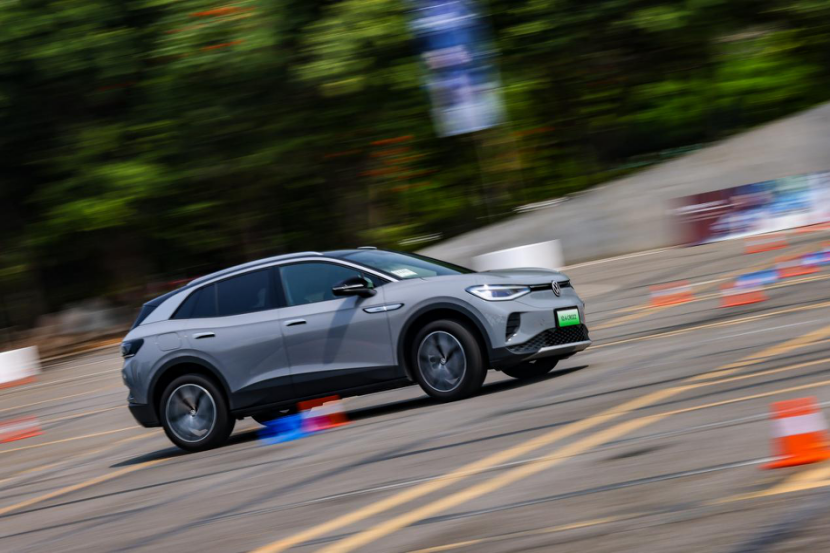
Of course, some people do not perceive the luxury feeling of the ID.4 CROZZ from the beginning to the end. Perhaps, what affects it is the rear drum brakes that come standard in the entire series. After all, compared with disc brakes, drum brakes inherently have performance thermal decay. Volkswagen’s explanation is that the electric motor in the rear axle of the vehicle under the MEB platform recuperates kinetic energy during braking, and the load of the rear axle during braking is much smaller than that of the front axle. Therefore, using drum brakes on the rear axle can already meet the performance requirements from a technical angle.
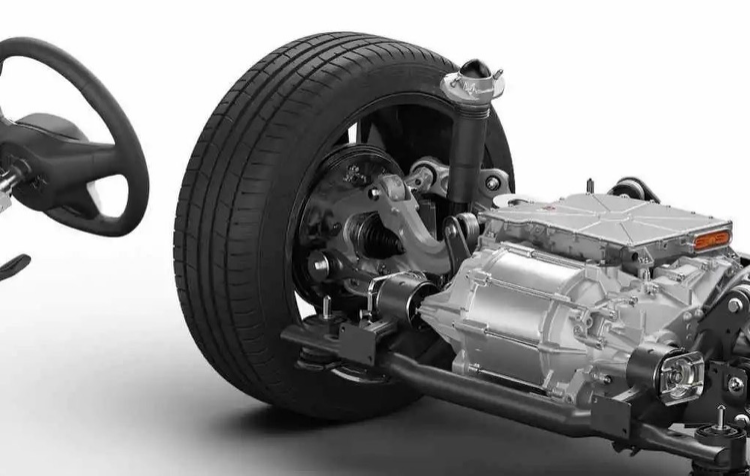
People still have many doubts about this, which is understandable. However, in fact, sometimes righteous moral judgments are one thing, and the actual performance in reality is another thing. Judging from repeated tests of actual test drives, it took the ID.4 CROZZ 37 meters from 100 km/h to a complete stop, which is not excellent but not bad either. For example, the domestically produced Tesla Model Y has a result of 37.89 meters.
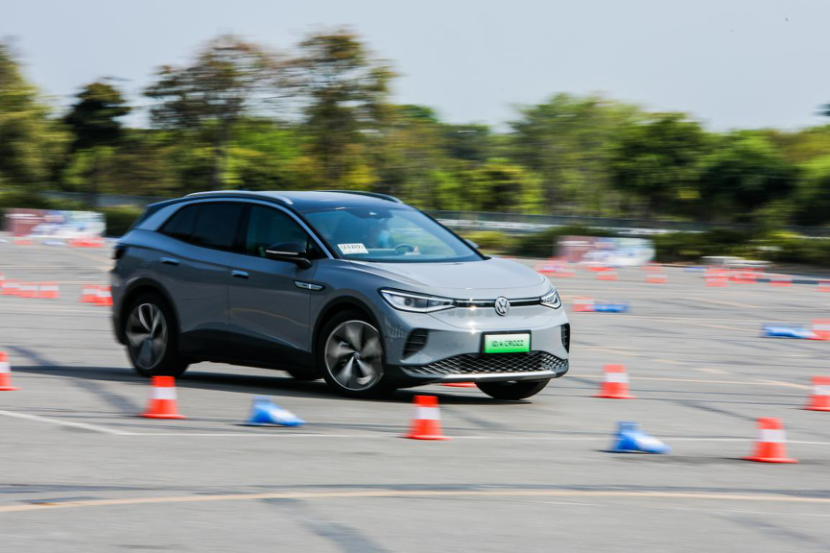
It is not Volkswagen in the “drum” but the people in the “drum.” This is not a cost control problem in the philosophy of car manufacturing. Since Volkswagen has made this choice, it must have gone through careful and rational judgments. In fact, the brake pads and brake discs of the disc brakes have an interference fit and always tightly engage. Even when the brakes are not applied, there is still a certain amount of drag torque when the wheels rotate. In contrast, drum brakes do not have drag torque. Using drum brakes can bring a tiny bit of range improvement while ensuring braking performance. When the ID.4 prototype was designed, it was theoretically calculated that using drum brakes on the rear axle could increase the range by about 20 kilometers compared to using disc brakes.You need to know that the MEB is a vehicle platform used throughout the entire Volkswagen Group. In the future, all MEB platform models in global markets, including Audi’s future MEB models, will have drum brakes from low to high.
We need to think rationally and avoid blindly following the crowd.
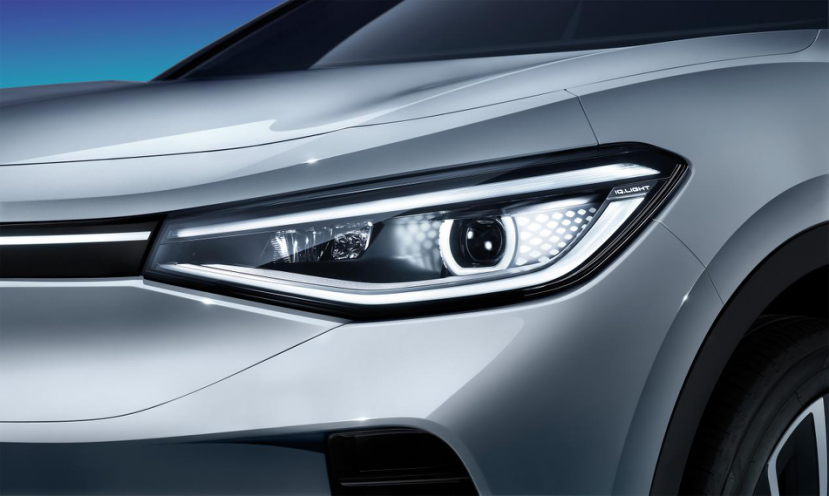
This reminds me of a recent test drive of a French car where amidst public opinion, the torsion beam was heavily criticized. However, after a day-long test drive, a group of experienced automotive editors failed to notice any difference from the ordinary multi-link suspension.
We pay deep attention to the Volkswagen’s new MEB platform, which should focus on its three electric facilities, handling quality, intelligent connectivity, and value for money as a compact electric SUV for family use. If the basic safety performance can be guaranteed, then the choice between drum and disc brakes is just a detail.
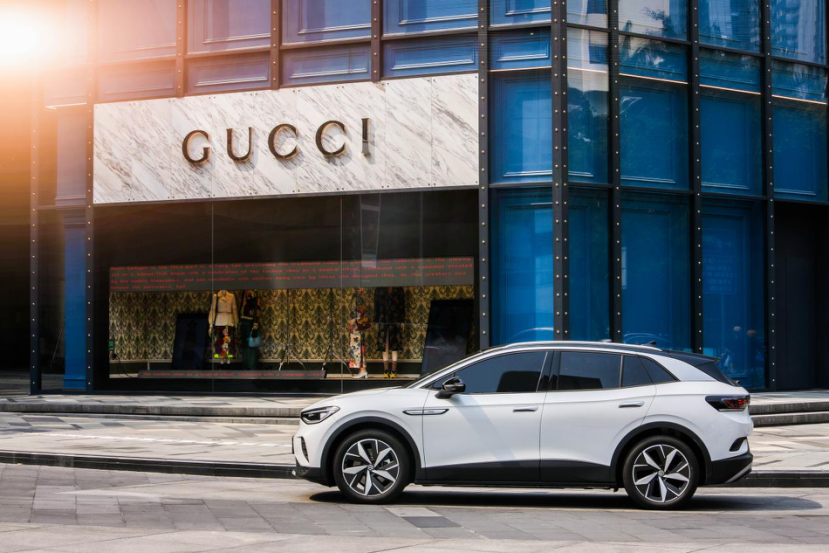
The character of an electric car is never one-dimensional. In short, the ID.4 CROZZ is both Volkswagen and electric, both bold and resolute like a new breed of electric cars, yet also steady and moderate through the Volkswagen way. Precisely because of this moderation, the ID.4 CROZZ expands the colorful differentiation that electric cars should have.
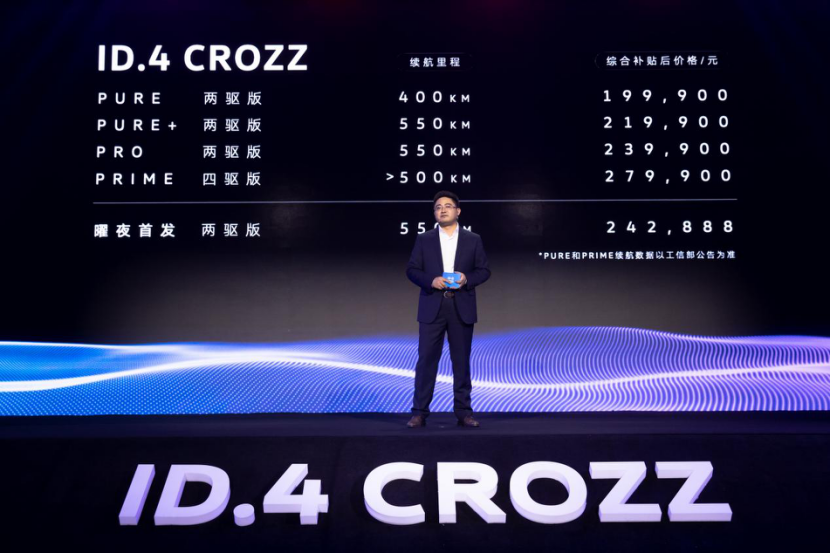
Sometimes, the bigger and more massive something is, the harder it is to turn around. But for a giant like Volkswagen, we are delighted to see its determination and resolution to turn towards electrification. Of course, this is what we say on the surface. From the perspective of ordinary consumers who consider food, clothing, shelter and transportation, our delight comes more from the highly competitive price-performance ratio of the ID.4 CROZZ.
At a starting price of 199,900 yuan, the same-class products of competitors in the neighboring industry have prices exceeding this. In fact, Volkswagen has targeted accurately the market for a pure electric compact SUV priced at over 200,000 yuan. Compared with joint venture competitors, it has the advantage of having a purely electric platform which can be used to launch a devastating attack on rivals. Compared with independent brands, even if we don’t consider brand appeal, the transformation of operations thinking, such as the dealer sales model biased towards direct sales and the self-built saturated charging service network, is beyond the reach of the latter. / Some content in this article is quoted from Garage 42, and we would like to express our gratitude.
This article is a translation by ChatGPT of a Chinese report from 42HOW. If you have any questions about it, please email bd@42how.com.